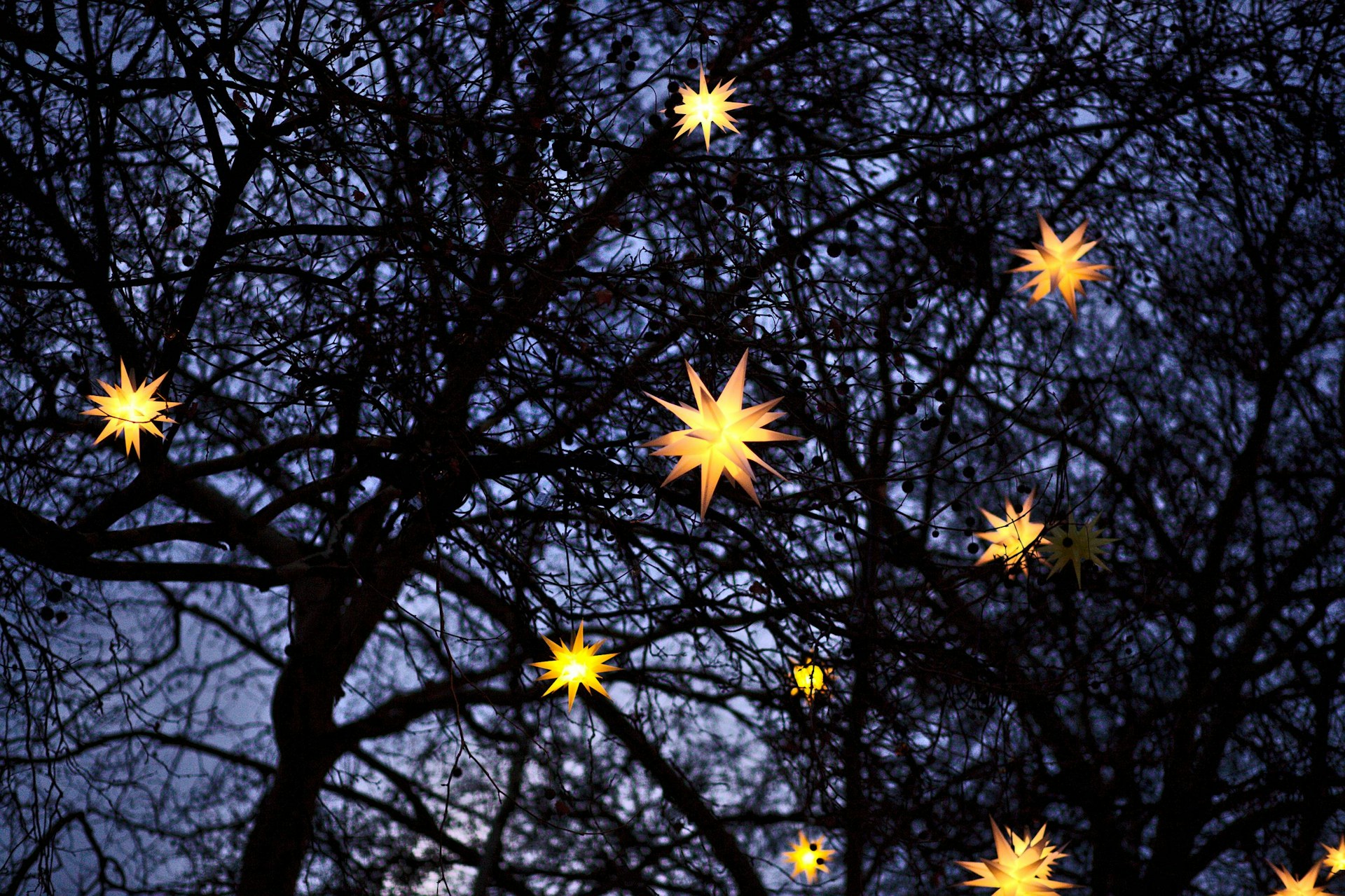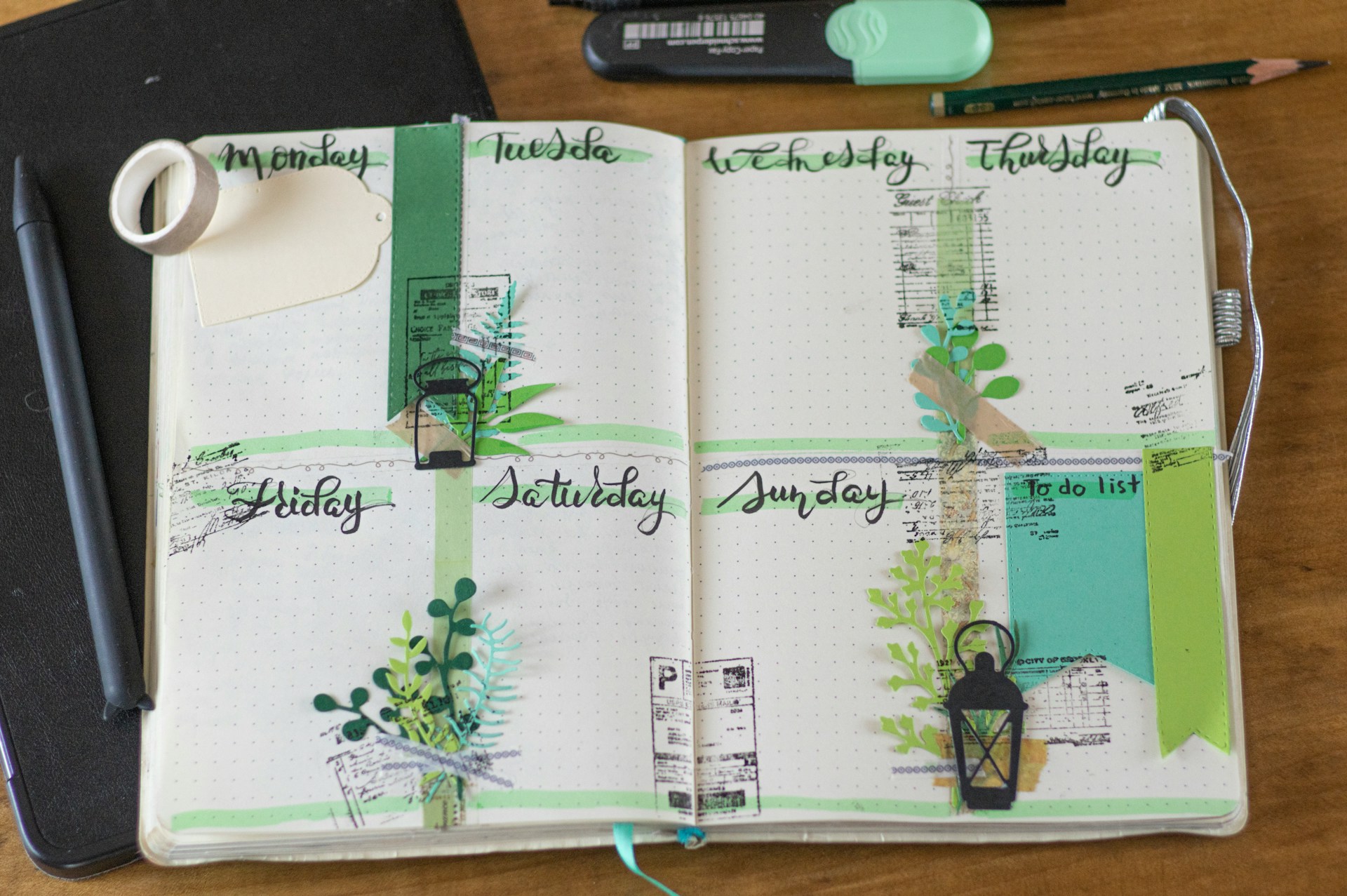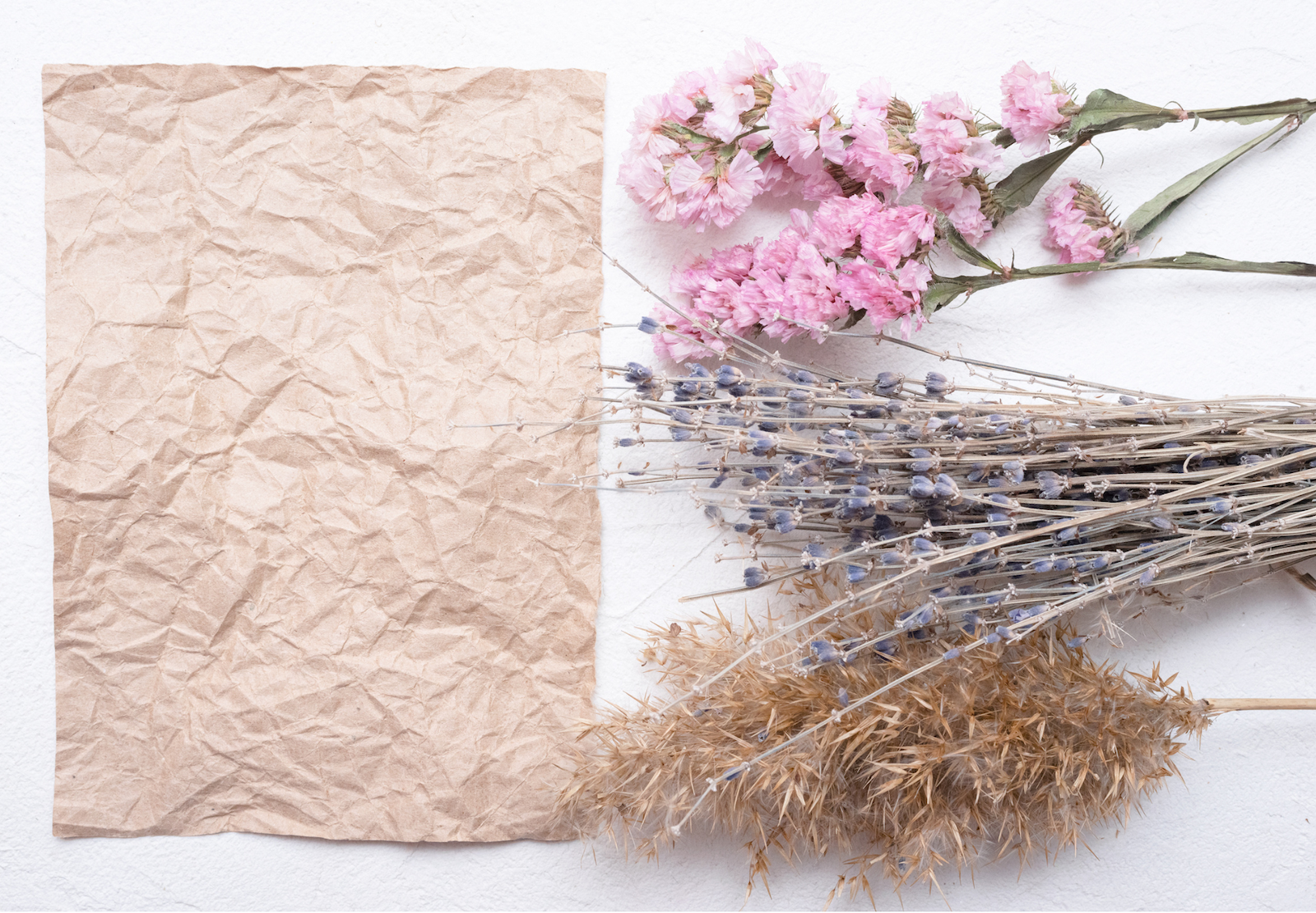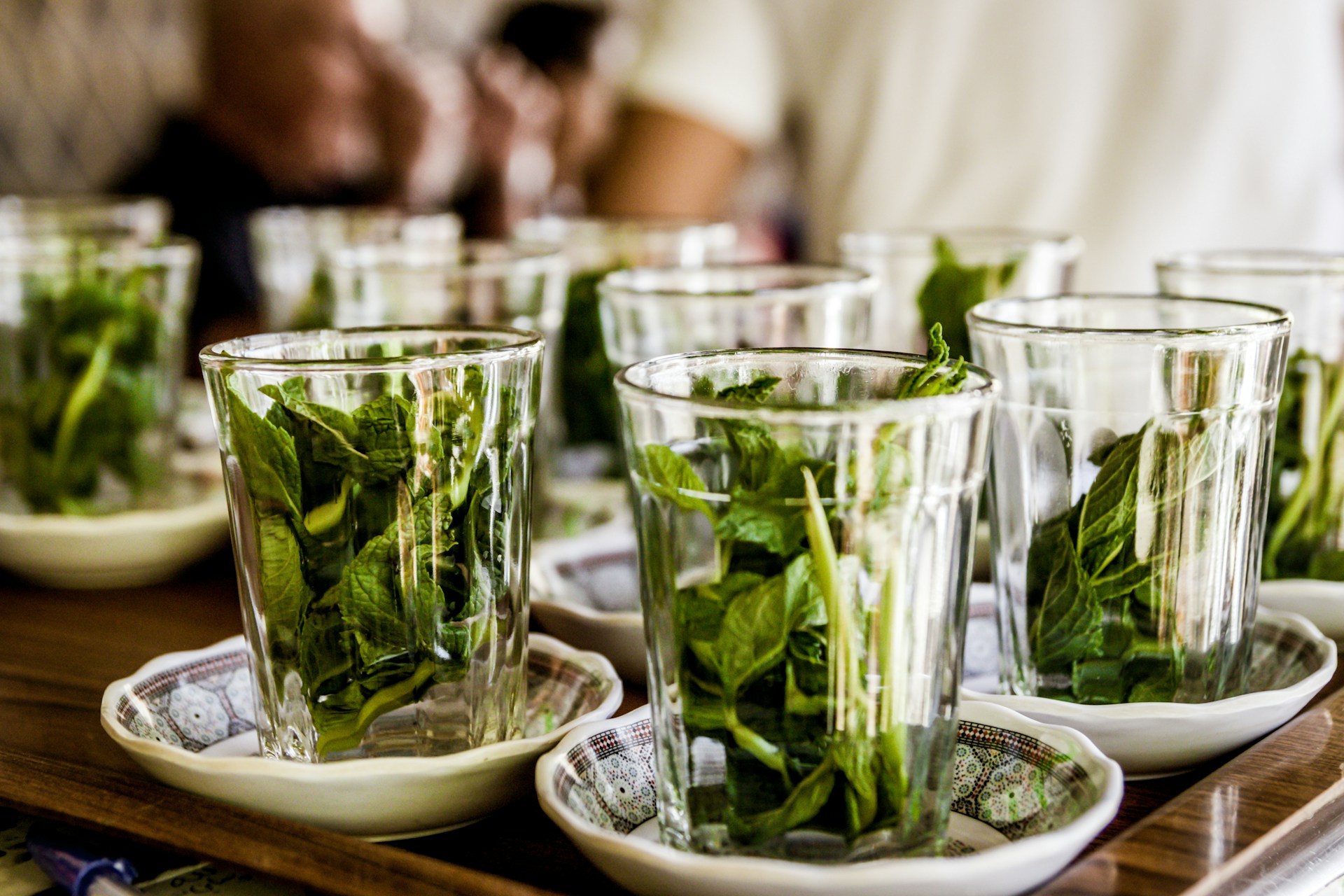Essential tools in witchcraft not only assist practitioners in performing rituals but also serve as physical representations of metaphysical concepts. Understanding these tools’ roles and how to responsibly integrate them into practice is crucial for both novice and seasoned practitioners.
But along with these “essentials”, there are also some additional tools that practitioners may find useful as well. But don’t be alarmed by the size of this list and feel like you need every single item listed here all at once. It is ultimately the intent behind your magick that gives it strength; the tools are just a way to facilitate that.
Basic Tools of Witchcraft
Athame
The athame is a ceremonial dagger, typically with a black handle, symbolizing the element of air in many traditions. It is used not for cutting physical objects but rather for directing energy and casting circles in ritual spaces. The athame’s primary function is to guide spiritual forces during ceremonies. Its symbolic cutting through the air can delineate sacred spaces or invoke protection.
Considerations for Acquisition
Given its importance and specific use, selecting an athame requires thoughtful consideration. For those residing in areas with strict weapon policies, it’s advisable to check local regulations. For a non-metal alternative, wooden athames are available and provide the same symbolic utility without the complications of metal blade regulations.
Altar
An altar serves as a focal point for magickal practices. It is a personalized sacred space where practitioners can perform rituals, meditate, and connect with their spiritual guides. Altars can be elaborate or simple, reflecting the practitioner’s unique path in witchcraft. They can be dedicated to various purposes—ritualistic, seasonal, or personal.
Setting Up an Altar
Choosing a location for an altar can be as personal as the items placed on it. It can sit in a quiet corner of a room or in a designated sanctuary space. Common items on an altar include symbols of the natural elements, statues of deities, and personal totems. The arrangement should resonate with the practitioner’s intentions and aesthetic preferences, creating a harmonious and potent environment for spiritual work.
Cauldrons
The cauldron is a quintessential symbol of witchcraft, often associated with the element of water, though it can also represent fire and transformation. Traditionally made from iron, the cauldron is used for a variety of purposes, including brewing potions, burning papers or herbs, and scrying in water. Its use in ritual serves as a potent symbol of the womb of the Goddess, thus embodying rebirth and transformation. The cauldron’s capacity to contain both fire and water allows practitioners to mix potions or burn items safely within a sacred space.
Considerations for Acquisition
Choosing the right cauldron involves several considerations. Size is an important factor; it should be large enough to accommodate any ritual needs but small enough to manage and store effectively. Material is another consideration—while cast iron is traditional and durable, it requires maintenance to prevent rusting. Alternatively, cauldrons made of copper, ceramic, or even glass are available and might be preferred for their different metaphysical properties and ease of maintenance. When selecting a cauldron, consider how it will be used most frequently in your practices to ensure it best serves your intended purposes.
Boline
In contrast to the athame, the boline is a practical tool in witchcraft. This white-handled knife is used for physical tasks within the craft, such as cutting herbs or inscribing candles. Its practicality complements the more symbolic nature of other witchcraft tools, grounding the practitioner’s actions in the physical world.
Selection Tips
When choosing a boline, functionality should be paramount. The blade should be sharp enough to handle various materials, from plant stems to rope. As with any tool, the connection felt by the user is important; the boline should feel comfortable and balanced in hand, enhancing the ritual experience through its use.
Chalice
The chalice, often placed on altars, holds water or other liquids during rituals and represents the element of water. It serves as a vessel for the essence of life, purification, and the subconscious mind. During ceremonies, the chalice might be used in a libation offering or to hold blessed water for cleansing.
Choosing a Chalice
The material and design of a chalice can significantly affect the energies it attracts. Many prefer natural materials like stone, ceramic, or metals like silver, which correspond to various magickal properties. The chalice should not only be aesthetically pleasing but also resonate with the specific energies intended for the ritual practices.
Wand
Traditionally made from wood or metal, the wand is used to direct magickal energies, especially in the casting and closing of circles. While its use has evolved, with some practitioners now using it more symbolically, the wand remains a potent emblem of the practitioner’s will.
Considerations for Selection
Choosing a wand involves a personal connection; it should feel like an extension of the practitioner’s own energies. Many wands are handcrafted from materials with specific magickal properties, such as different types of wood that correspond to various metaphysical attributes. The length and weight should allow for comfortable handling during rituals.
Additional Useful Tools
Crystals
Crystals are utilized in witchcraft for their energetic properties, each type resonating with specific frequencies beneficial for various magickal and healing purposes. For example, amethyst is used for protection and spiritual growth, while citrine attracts abundance and positivity. Crystals can be placed on altars, used in spellwork, or carried as talismans. It’s important to cleanse crystals regularly to maintain their vibrational energies.
Tarot and Oracle Cards
These cards are tools for divination, providing insight and guidance through symbolic imagery. Tarot decks, consisting of 78 cards, offer comprehensive reflections on past, present, and future circumstances, while oracle cards provide more thematic and direct messages. Selecting a deck with which one feels a personal connection is crucial, as the cards serve as a reflective tool for the subconscious mind.
Herbs
Herbs hold various properties and are used in spells, rituals, and potions for their natural energies. Each herb carries specific associations, such as lavender for peace and sage for purification. Herbs can be grown, bought, or wild-harvested, and should be stored properly to preserve their magickal properties. They are commonly used in sachets, burned as incense, or infused in oils.
Candles
Candles channel the practitioner’s intent and are used extensively in spellwork for manifesting desires. Different colors represent different energies and purposes, such as red for love and passion or green for prosperity and health. Candles can be anointed with oils and carved with symbols to enhance their magickal efficacy.
Cloth and Fabric
Used for creating altar cloths, wrapping sacred items, or fashioning ritual garments, cloth and fabric are selected based on their colors and materials, aligning with specific magickal intentions. Natural fabrics like silk or cotton are preferred for their ability to hold energetic charges.
String or Cords
String and cords are integral to knot magick, where knots are tied while focusing on a magickal intention. As the knots are tied, energy is bound into the spell and can be released as needed. Colors of cords often correspond to the intent of the spell, enhancing the symbolic power of the actions.
Oils
Magickal oils are concocted from herbs, crystals, and essential oils, each blend designed for specific uses such as consecration, protection, or attraction. Oils can be used to anoint candles, tools, and the body, serving as conductors of energy and facilitators of spells.
Jars and Vials
These containers are used to store herbs, potions, and oils. They are often made of glass to prevent interaction with the contents and to allow visibility of the stored materials. Jars and vials can be magickally charged and sealed with wax to preserve and enhance the contained energies.
Book of Shadows
A personal magickal diary or grimoire where witches record their spells, rituals, and magickal experiences. It is both a tool for learning and a historical document of a practitioner’s magickal journey. The creation and decoration of a Book of Shadows can be a ritual in itself, imbued with personal energies and intentions.
Incense
Used for purification, protection, and setting the right atmosphere for rituals. Incense can be made from various herbs and resins, each chosen for specific energies or intentions. Burning incense can alter the practitioner’s state of mind and cleanse a space of negative energies.
Bells
Bells are used to cleanse space, mark the beginning and end of rituals, and call in protective energies. The sound of a bell drives away negativity and can adjust the energetic atmosphere of a ritual space.
Mirrors
Used in scrying and as tools for divination, mirrors are gateways to the inner self and the higher spiritual planes. They can reveal hidden truths, past events, or future possibilities and are often used in moon rituals and reflection spells.
Feathers
Symbolic of the element of air, feathers are used to waft incense, represent freedom, and communicate with spirit guides. Different types of feathers may be used depending on the bird they come from, which can add additional symbolic meaning to the rituals.
Salt
Commonly used for its purifying properties, salt is employed in creating protective barriers, casting circles, and cleansing tools. It can be sprinkled around a space to ward off negative energies or added to water for ritual baths.
This guide offers a broad perspective on the varied tools available to practitioners of witchcraft, highlighting their practical uses, symbolic meanings, and the importance of choosing items that resonate personally with the user.
















